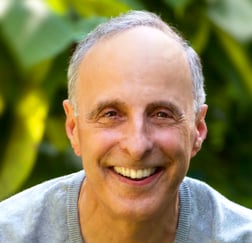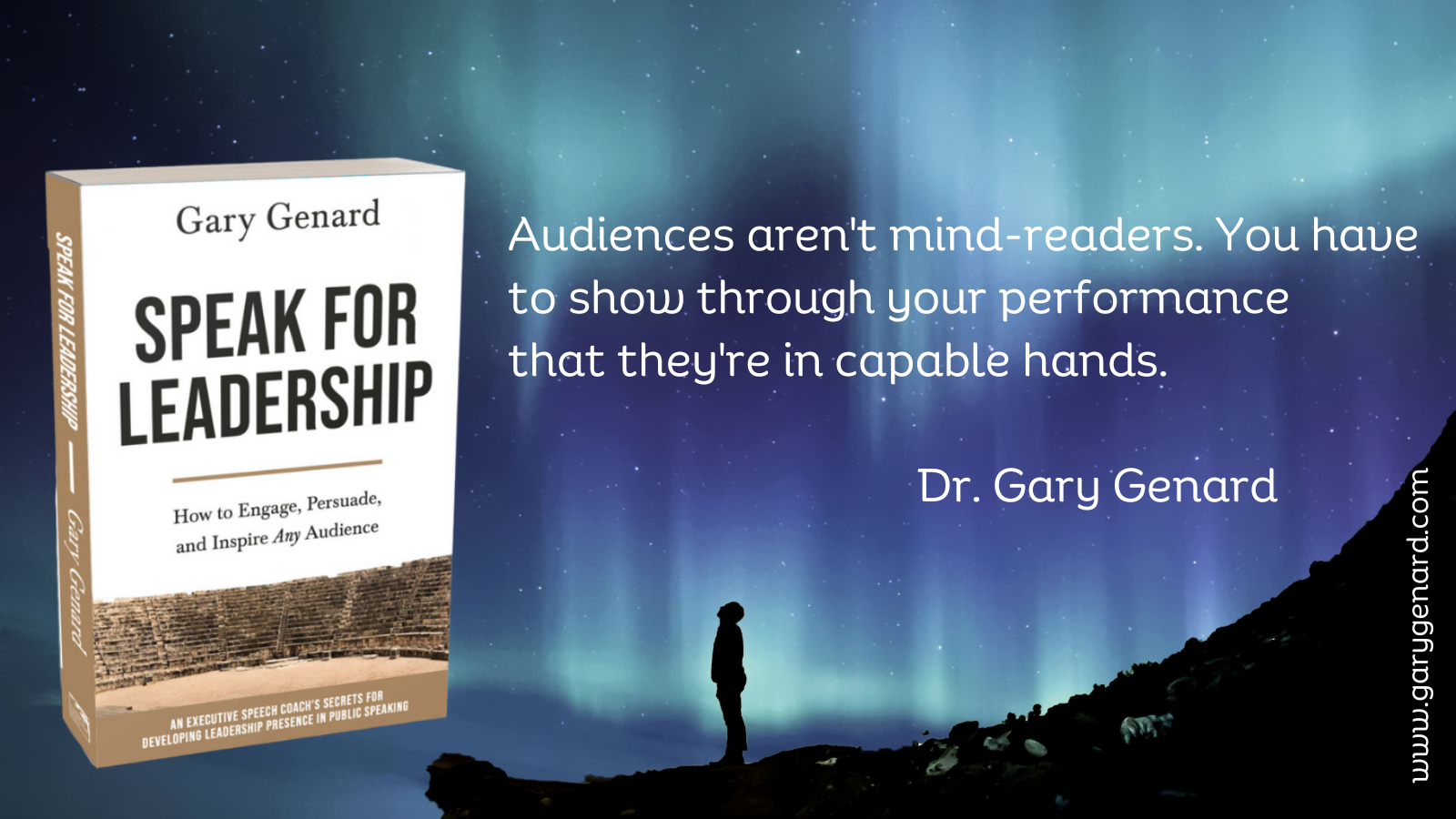Want some advice from the world's greatest speech expert? Here's how to open a presentation—by telling 'em what you're going to say.
"Tell the audience what you're going to say, say it;
then tell them what you've said."
— Dale Carnegie
Sixty-eight years after the great speech expert's passing, you'll sometimes hear communication professionals criticize the advice given above. Yet if ever a piece of public speaking scripture needed reinterpreting, it's that simple sentence of Carnegie's.
It's a sure-fire formula to help audiences pay attention, stay with you, and retain the important things you said. Let's look at why that's the case.
Want a dozen great ways to open a presentation? See Chapter 4, "Creating Dynamic Introductions and Conclusions," in my book, How to Give a Speech. Find it on Amazon.
Tell the Audience What You're Going to Say
The people who criticize the "Tell the audience" three-part saying usually interpret it to mean: "Say something to your audience, say it a second time, then repeat it once more."
Apparently, they believe that people need to hear something a number of times before it will sink in. And they're right that a speaker who repeats anything unthinkingly will lose his or her audience. (Here's how to be a speaker who captivates audiences instead.)
But that isn't what Carnegie was saying. A supremely talented salesman, he was an astute observer of human behavior. Naturally, then, he isn't advocating browbeating listeners. Instead, "tell the audience what you're going to say" means: "Frame your topic in terms of the audience's need, then tell them how, together, you're going to solve that problem."
Got great content? Don't spoil it with language that will reduce your influence! Download my Free White Paper, "25 Words or Phrases to Avoid in Speeches and Presentations."
That's great advice for his age and ours. Remember, audiences don't know where you're headed. So give them a glimpse of the big picture, then talk specifics. It will allow them to relax and know they're in good hands.
Say It (Tell Your Story)
Next, tell your story. There's absolutely no doubt that storytelling is one of your most engaging and emotionally fulfilling tools as a speaker.
Use examples, comparisons and metaphors, visuals, case studies, and personal experiences to illustrate your points. What you'll be doing, of course, is delivering the topic just as you've framed it in your introduction. That is, you'll be following up on the promise you made to your listeners in the first place. And learn how to conduct an audience analysis so you know exactly what your audience's needs are in the first place.
This portion of your talk is important because you're following up on what you promised. It's as simple as that.
Audiences should always feel that they're in good hands when you speak! Make it happen with my book, Speak for Leadership: An Executive Speech Coach's Secrets. On Amazon.
Tell Them What You've Said
The standard advice for knowing how to close a presentation is to recap the main points that were in the body of your speech. Yes, you should do that—though you shouldn't use the same language that you employed earlier.
And anyway, that isn't enough, not if you want to end your talk vividly and memorably. Why offer an ending that's bland and won't stick? What you really need to do is say something that will resonate in listeners' minds long after you've finished speaking.
How? Find a way to re-frame what you've been talking about in terms of the audience's needs. Then end in a way that is irresistible, with a story, quotation, startling statement, statistic, impactful visual image, etc. Imagine how much more punch a creative ending like this packs than a boring recital of facts they've already heard. Send them away just a bit dazzled.
Discover more on how to create influence with business audiences. Download my Free cheat sheet, "4 Characteristics of An Influential Speaker." It's easier than you think!
Follow the advice above and—who knows?—you may just win friends and influence people whenever you speak in public!
This article was published previously in this space. It is updated here.
You should follow me on Twitter here.

Gary Genard is an actor, author, and expert in public speaking and overcoming speaking fear. His company, The Genard Method offers live 1:1 Zoom executive coaching and corporate group training worldwide. In 2022 for the ninth consecutive year, Gary has been ranked by Global Gurus as One of the World’s Top 30 Communication Professionals. He is the author of the Amazon Best-Seller How to Give a Speech. His second book, Fearless Speaking, was named in 2019 as "One of the 100 Best Confidence Books of All Time." His handbook for presenting in videoconferences, Speaking Virtually offers strategies and tools for developing virtual presence in online meetings. His latest book is Speak for Leadership: An Executive Speech Coach's Secrets for Developing Leadership Presence. Contact Gary here.





